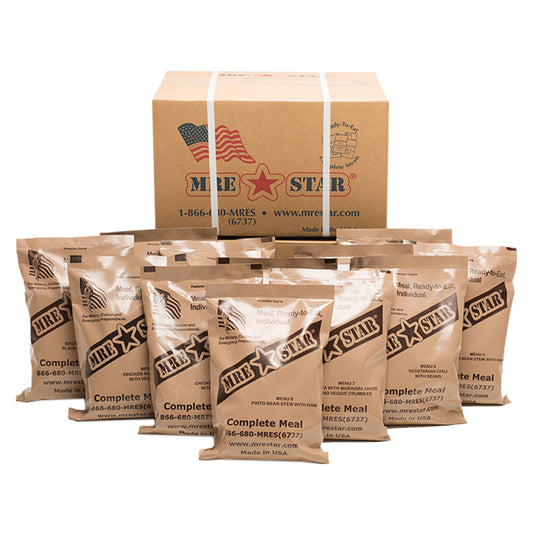How to Find Water in the Wild
Getting lost or stranded can happen to anyone. You could get stranded while you’re hunting, camping, going for a drive or any other number of situations. Being able to find water in those situations can be the difference between life and death. If you’re resourceful and know where to look, you can find water in almost any environment on Earth.
The Importance of Water Your body needs at least 2 quarts of water a day. It’s recommended that you have about 1 gallon per person per day in your emergency supply. However, if you run out or get stranded somewhere, you’ll need to know where to find it. - Stay prepared with emergency water containers for your home - Your body uses water to help circulate blood, process food and assist in other internal processes. Typically, the body can survive for about three days without water but it’s not recommended that you go without water for more than one day. Without water, your body will begin to suffer from dehydration. With intense dehydration, your body will begin to shut down - your muscles won’t get oxygen, your blood cells begin to shrink, etc. 
Locating Water
Look & Listen. The most obvious source of water would be a nearby stream, river or lake. While you’re walking, try to stop and listen for sounds of water. You might also notice a lot of greenery around water. Look for vegetation.
Animals. You can also use animals to guide you to water. The animals will know where the water is, so be sure to look for animal tracks or insects. Usually, the insects will congregate around water sources. Birds can point you in the direction of water too. They typically fly towards water during the morning and evening.
Rainwater. Rainwater is typically safe to drink. There are a few rare occasions when the water is contaminated but that is usually not the case. If it begins to rain, use containers to catch the water or a poncho to collect it. If the rainwater tastes different, it usually means that it’s absent of minerals that are found in groundwater or streams.
Digging. If you find a muddy spot but can’t seem to locate a body of water, simply dig a hole. You’ll be surprised that in a few minutes, water will begin to collect in the hole. If the water is dirty, use a water filter or cloth to try and clean up the water as much as possible.
Snow & Ice. Melt snow and ice before drinking it. Eating frozen water will reduce your body temperature and can lead to dehydration. Try and purify the water after melting it.
Vegetation. Depending on where you are, there might be a lot of vegetation that can supply you with water. Things like fruits, coconuts, cacti, and other plants can contain drinking water. Also, don’t forget that in the mornings dew will collect on vegetation.
Collecting Water Now that you’ve located the water, there are a few ways to collect it.
Belowground still. In order to create a belowground still find a moist area that gets sunlight for most of the day. Usually, the hole should have some type of green foliage in it. Once you have your hole, place a container at the bottom. Place a transparent plastic sheet over the hole. Add dirt or rocks to the edges of the sheet and place a medium size rock in the middle of the sheet to weight it down. The sun will create an effect that allows water to collect on the sheet and drop into the container. You can also install a drinking tube if you would like.
Beach well. If you’re near an ocean or lake, you can create a well that will collect water. Simply dig a 3-foot hole in the depression behind the first sand dune. Typically the well will be located about 100 feet from the waterline. Place rocks in the bottom and line the sides with wood. This will allow the well to fill without collapsing or kicking up too much sand. In a few hours, the well will fill up with filtered water. If the water tastes salty, then you should move farther away from the water line.
Jungle Water Collection
What techniques do you know? It’s important to know how to find water in an emergency. You can also save yourself some time and have an emergency supply of water ready for such occasions. We want to know what you’ve done to prepare. What techniques do you know of that will help you have water in an emergency? Comment below!













